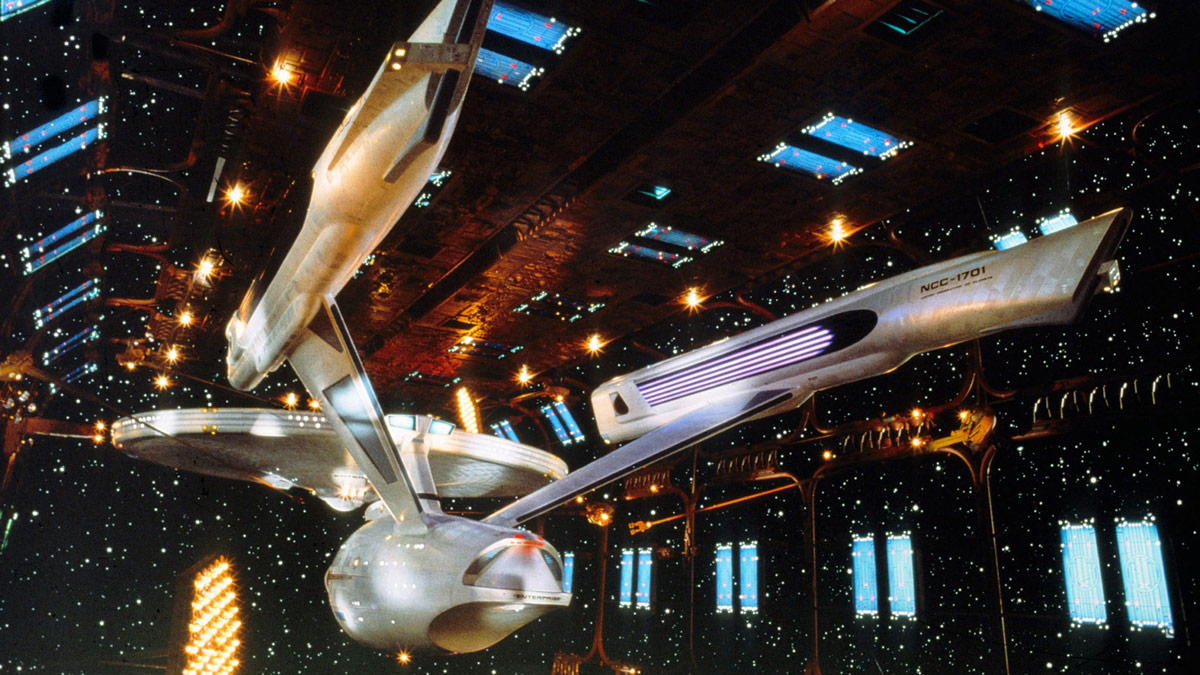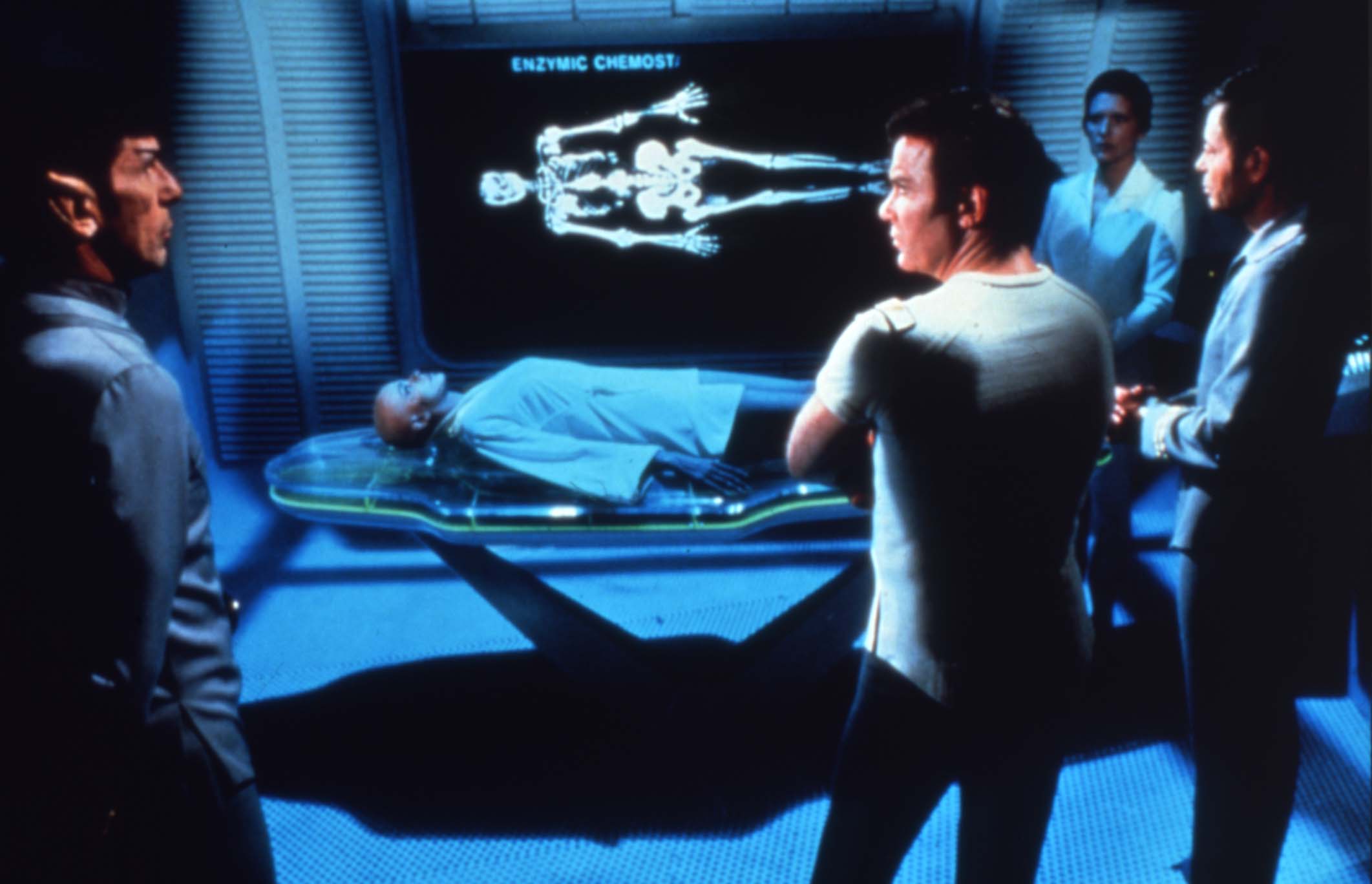
(c) Photofest / Getty Images
The struggles of the special effects staff who created the movie “Star Trek: The Motion Picture” and what they left behind Part 1
Birth of the concept of previsualization and its necessity
In other words, RA&A was forced to significantly reduce its strength before its first major task. Therefore, Able invited Bill Kovacs, who was developing CAD at Skidmore, Owings & Merrill (SOM), one of the largest architectural design firms in the United States, as a powerful human resource. Kovacs, who is completely fed up with working as a cog in a big company, happily joins Star Trek: The Motion Picture. Kovacs, who studied architecture at Carnegie Mellon University and Yale University, found the Hollywood film production environment to be inefficient. So I started designing a bold system with Able.
First, Kovacs had RA&A purchase the Picture System 2 (PS-2) from Evans & Sutherland (E&S). This machine was a revolutionary product at the time because it could display 3D figures as animations in real time, even though it was a black and white wireframe (line drawing). What Kovacs and his colleagues were trying to do with this machine was what we now call previsualization, or in other words, the simulation of filming.

Star Trek: The Motion Picture Copyright (C) 1979 by Paramount Pictures Corporation. All Rights Reserved. (C)2010 Paramount Pictures Corporation. STAR TREK and related marks and logos are trademarks of CBS Studios Inc. All Rights Reserved.
For example, in the case of Star Wars , the stepping motor that drove the Dijkstraflex was slow. Also, since the model is photographed in pan focus (deep focus), a slow shutter is absolutely necessary, making it difficult to capture the atmosphere while photographing. To do this, we first loaded black and white film into the camera and took some test shots (*19), then developed it briefly in the studio to check the movement. After repeating this tedious process, we finally started the actual shooting.
However, using the E&S PS-2, it is possible to simulate a completed scene in wireframe. Control points for the camera trajectory and the size, position, and direction of the CG model can be set using multiple dials. Previews can be performed in real time, and corrections can be made on the spot. This data also includes information about the camera's lens angle of view and the mechanical limitations of the motion control system, and can be reflected directly in the actual shooting. (*20)
And Kovacs had completed this system as promised. As evidence of this, the shaver commercial ``Brawn Micron 2000'' (1979), produced by RA&A immediately after it was removed from ``Star Trek: The Motion Picture,'' features a fully functional pre-visualization system linked to a motion control camera. ing.
*19 However, this process only captures one element that makes up the screen. If multiple spacecraft or background structures are moving in different orbits, you won't know if their relative speeds and distances are correct until you try to synthesize them using an optical printer. So, I burnt the footage I shot onto high-contrast film negatives (the background becomes transparent), layered them, and hung them on a Mubiola (editing viewer) to check them. This is a pretty rough method.
*20 However, RA&A did not stop at this, and was even considering a system where multiple motion control cameras and optical printers could be controlled all at once from a central computer room, similar to the sub-control room at a television station. This would have been impossible. Edlund advised his former employer, Able, that he should stop because he was being too reckless, but Able didn't seem to listen.

